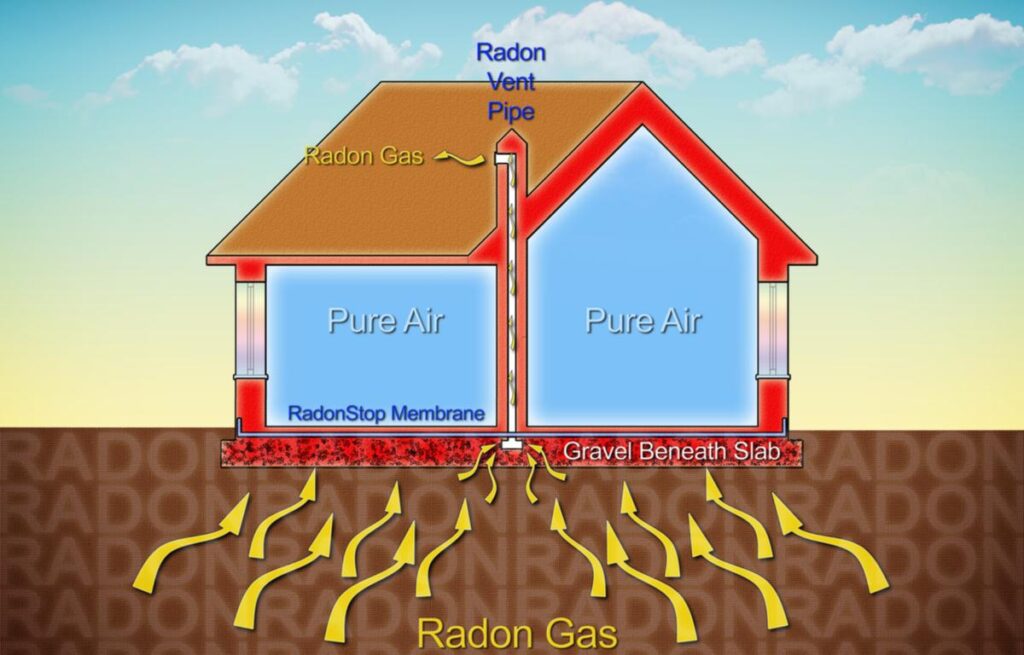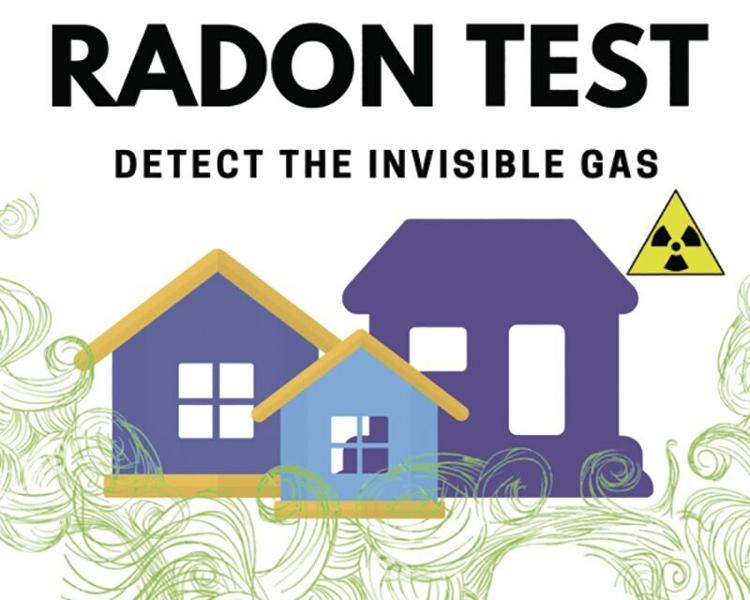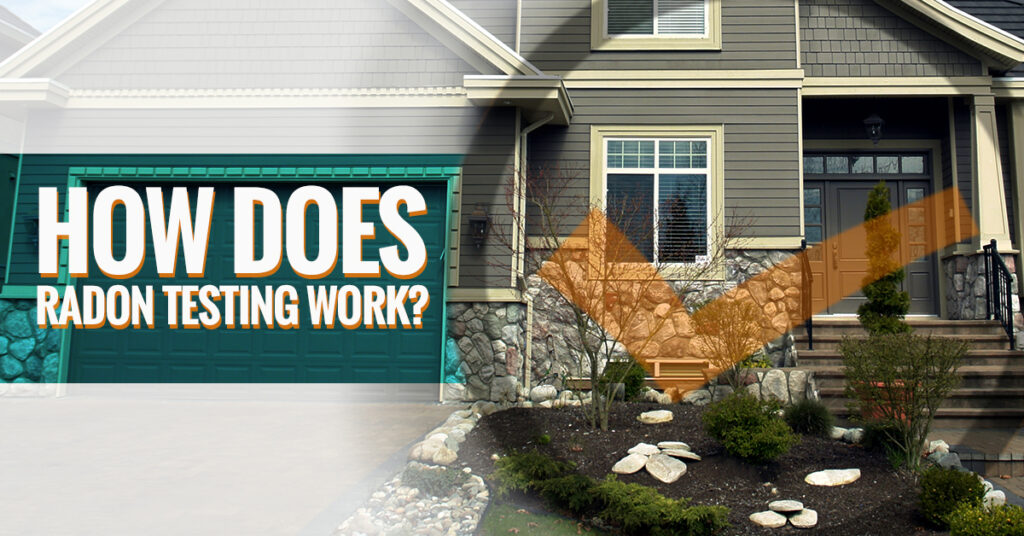A potentially hazardous gas may be lurking in your home, and you have no idea of it. This gas is colorless, odorless, and not visible to the human eye. Unfortunately, it is also the second leading cause of cancer in the United States after smoking. Many non-smokers are in shock when they are detected with lung cancer; their question is how, because they have never touched a cigarette in all their lives- their answer is Radon.
Radon Testing Milwaukee
Radon is responsible for 15000 to 20000 deaths a year in the USA. The scary thing is that Radon is virtually present everywhere and there is no hiding from it and no running away from it. It has been established that we may be at the most risk from radon in our own homes. Yes, the homes we feel safe may have the highest accumulated radon levels.

Do All Houses Have Radon In Wisconsin?
If you are wondering how common is radon in Wisconsin, the answer is 1 out of 10 Wisconsin homes have been detected with radon levels higher than the acceptable levels; Madison, WI, is located in Dane County, which has an EPA assigned zone 1 for Radon levels. A zone one radon means that the average indoor screening shows dangerous radon concentration levels. As a result, radon in Wisconsin in home
s is a growing concern amongst residents and environmental protection agencies.
What Is The Acceptable Radon Concentration Level?
EPA, or the environmental protection agency established in 1970 by president Nixon’s order, has a plan to protect human and ecological health for the US residents. First, EPA recommends homes with pCi/L (picocuries per liter) levels more than 4pCi/L be fixed.
How Do You Measure Radon?
Picocuries are the unit by which levels of this radioactive gas are measured. The average indoor radon level is estimated at 1.3 pCi/L, whereas the outdoor open environment shows a radon pCi/L level of 0.4.
How Should I Get A Radon Test?
It is excellent if you have decided to test your Madison or Milwaukee home for radon levels. The good thing about this lethal gas is that it is easy to detect and can be reduced and controlled in homes. There are two ways you can test your home for radon. You can either go for:
Home Radon Test
For the Home Radon test, two types of kits are available in the market.
- Short Term Kit
- Long Term Kit
Short-term kits with minimum downtime of only 24-hour for a radon test are available in the market. On average, the kits readily available in stores require testing your home for 2 to 7 days, and the price range is between $10 to $35. These kits can be purchased from the local health departments and are even available on eBay and Amazon.
A long-term kit requires testing the indoor environment for around 90 days, is slightly pricier, and can range from $30 onwards. Make sure the kit Includes a laboratory analysis. You don’t want the hassle of looking for good laboratories and running around to get tests done. The short-term kit tells you about the radon presence in your house, but only the 90-day kit reveals the annual average radon concentration within a home.
Do some research on the available radon testing kits in the market. The best radon test kit should provide accurate results, including a laboratory test and fast result time. In addition, going through customer feedback on the kits company’s review pages can give you a good insight into the more popular radon testing kits in Wisconsin.

Where To Test For Radon?
A radon test is best done in the basement or lower levels of the house, where the concentration is usually the highest. Wondering, “How do you test for radon in a basement?” The enclosed kit will have all the instructions you need to follow. The reason behind testing in your basement or lower levels of the house is that radon enters the home through lower levels, primarily cracks and holes in foundations or pipes. When testing, follow the instructions and place the kit away from drafty areas, windows, doors, and exterior walls to get accurate results.
Professional Radon Testing
Everyone is not cut to perform a radon test themselves. Self radon testing requires precision, practice, and patience. Unfortunately, homeowners cannot be practiced since it may be their first time performing a radon test. Still, if you don’t have the patience level and nerves required to complete a home test, it is advisable to call in a professional radon inspector near you.
There is no comparison between a cheap radon test and a professional inspection that may cost you more bucks. An experienced radon inspector is an expert in his field with years of repeatedly performing radon tests. Therefore, he will be certified and skilled. Along with his experience, he uses time-integrated sampling with electrets. An inspector uses monitors that continuously measure radon levels and give the most accurate results. A professional testing period can be between 2 days to a year. Commercial properties usually go for year-long testing to monitor indoor environments and ensure they are safe for their workers.
Hiring A Professional Or Using DIY Kit
Many things can go wrong for an amateur using a DIY home kit, resulting in inaccurate results. From following the enclosed instructions carefully to preparing your home for the testing, which requires sealing the house from fresh air, closing ventilation, doors windows, and determining a proper place to perform the test, a DIY home radon test can go wrong in many ways. Then again, home radon test kits are usually charcoal activated, which may not suit high humidity levels. Testing yourself can give you a false result and send you into a panic. After a test, the agonizing wait for several weeks and anticipation can wreak a sensitive person’s nerves.
A professional radon test inspector has the certification and training to ensure testing is done accurately. A professional inspector will test multiple areas of your home. The results from his tests can aid a radon mitigation company in placing the radon system at the best location in your home. In addition to licensed experts, they also use quality assurance plans and CRM tests to determine if the humidity or weather conditions are appropriate for performing a radon test.
The most significant benefit of having professional testing done other than the accuracy is the fast results, which you can usually get in a day. This is very important for real estate companies where transactions are held off for weeks and quick results are required.
How Does Radon Testing Work?
In a home radon test kit, the charcoal absorbs the radon in the air. When sent to labs, these radioactive particles are emitted by the charcoal in the form of light and counted. The second type of home radon test kit is the alpha track kit, in which a plastic strip is etched by the alpha particles striking it. These tracks are counted in the laboratory, and a radon level is determined.

Professional Home Inspectors use two types of tests mostly; the passive electret test and the active tests. The electret kit uses a statically charged Teflon disc; when radon ions generated from decay strike the disc, its electrical charge is reduced. This reduction is measured in laboratories to determine the radon level in your homes. On the other hand, active tests are devices that use electrical power and continuously monitor and detect your home’s radon levels.
How Important Is Radon Testing, And How do you know if your home has radon?
Testing is the only way to find out if your home has dangerous levels of radon. Radon testing is as crucial as your health is for you. The risks associated with not getting a radon test worth a few dollars are not worth it. After all, health is wealth. However, if you want to ensure the safety of your loved ones, then an average radon test cost shouldn’t deter you from getting your home tested for radon. If your home tests positive for radon, you will have to install a radon mitigation system to bring down radon to acceptable levels. Residents of Madison, Milwaukee, or other areas in Wisconsin should get annual radon testing done and monitor the indoor air quality of their homes because they fall under the Radon 1 zone as prescribed by EPA. Of course, if you are buying a house with a radon mitigation system, that’s great, but even then, annual inspections from a certified radon officer will give you peace of mind that you and your loved one are breathing safe indoor air.

